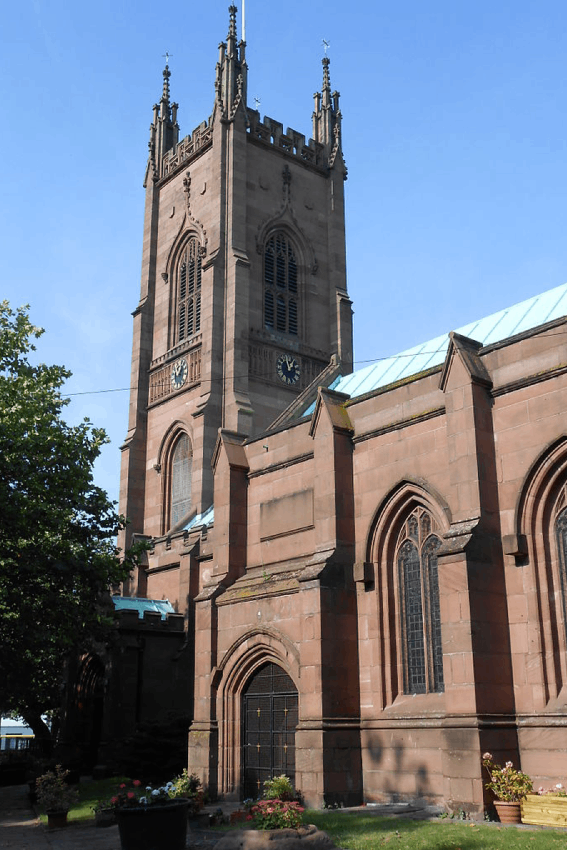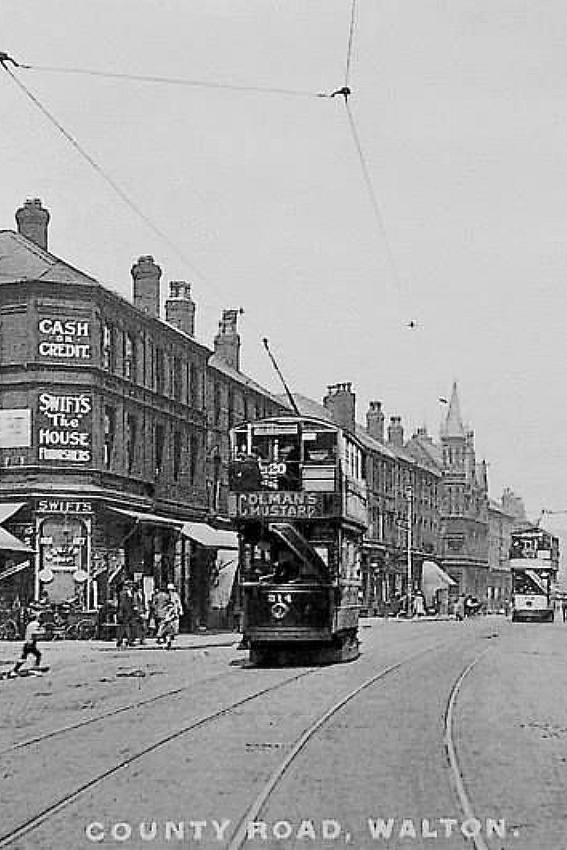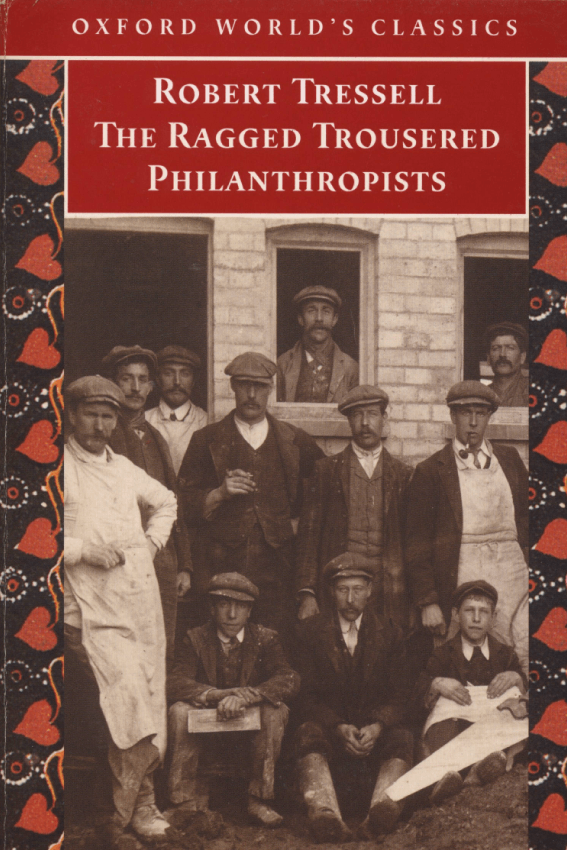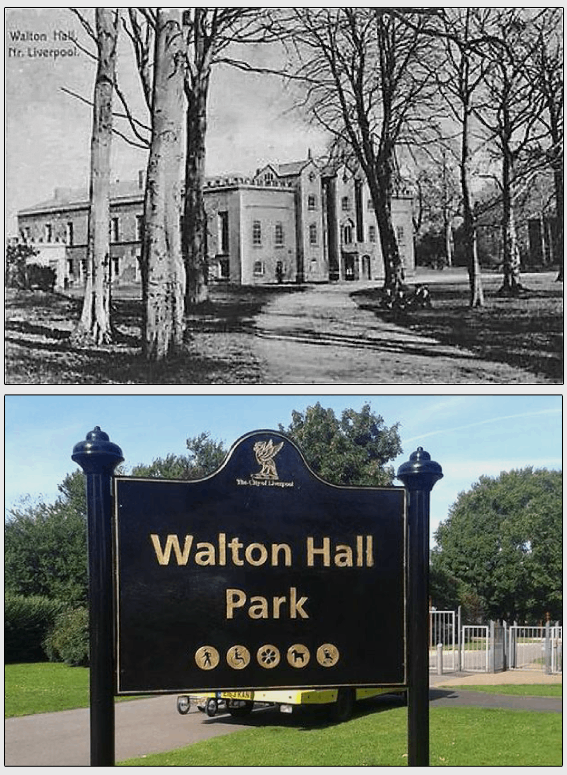St Mary’s Church
A stone’s throw away from The Glebe Hotel lies the historic St Mary’s Church. The site of St. Mary’s Church, and its use as a religious centre, are both very old indeed. The circular shape of the churchyard, still evident on the 1893 Ordnance Survey map, suggests that it could be early medieval in date, or possibly pre-Christian. There have been suggestions made that there was even a henge (a roughly circular bank and ditch monument) here, but no firm evidence exists for such an old origin.
However, the shaft of a cross was discovered under the foundations of the building during some construction work, indicating that some medieval activity is certain to have taken place.
A later episode in St. Mary’s history is its use to holding prisoners after the battle of Worcester (c.1651). Such was the damage caused by these prisoners that a tax on West Derby was requested in order to pay for the damage, though this request was turned down.
With all the evidence to hand, it is estimated that St Mary’s was first built around the year 800, with new buildings replacing the old in 1326, 1724 and 1941. In addition, the tower alone was rebuilt in 1829, and the churchyard was extended beyond those old circular boundaries in pieces up to 1958.

Expansion
By the end of the 19th Century, Walton was already expanding as a suburb. There was a large Welsh presence here, and Liverpool itself was often jokingly referred to as the Capital of Wales. The Welsh community was heavily involved in timber, slate and stone trades, and would often retire back to Wales.
Their involvement in such ‘home trades’ resulted in the spread of the ‘Welsh house’, a solid, quick-to-build six room house. A famous father and son partnership of William Owen Elias and son built many of the streets in Walton, and if you look to the names of the streets beginning at Oxton Street, opposite Goodison Park, the initials spell out the names of these two men, with the exception of the final N.
Owen Elias and his son, William Owen Elias – and then William’s eldest son, E. (for Edward) Alfred, gave the first initials of their names to a series of streets on either side of Goodison Road.
And so, for “Owen and (yes, the ‘and’ is included) William Owen Elias”, we have Oxton, Winslow, Eton, Neston, Andrew, Nimrod, Dane, Wilburn, Ismay, Lind, Lowell, Index, Arnot, Makin, Olney, Weldon, Euston, Nixon, Elton, Liston, Imrie and Astor (Streets) and Stuart (Road).
Then, in recognition of “E. Alfred”, the family firm presented Walton with Espin, Askew, Linton, Frodsham, Ripon, Emery and Dyson (Streets).
- Oxton
- Winslow
- Eton
- Neston
- Andrew
- Nimrod
- Dane
- Wilburn
- Ismay
- Lind
- Lowell
- Index
- Arnot
- Makin
- Olney
- Weldon
- Euston
- Nixon
- Elton
- Liston
- Imrie
- Astor
- Stuart

Local Points Of Interest
WALTON PARK CEMETERY & RICE LANE CITY FARM
Just a 10 minute walk away, lies Rice Lane City Farm & Walton Park Cemetery
The city farm was established in 19 and is run by a group of dedicated volunteers. There is a number of farm yard animals.
Burial grounds in Walton were often co-opted for use by St. Nicholas’s church in central Liverpool when the pressure was high. For example, in 1361 an outbreak of plague meant that Liverpool itself quickly ran out of space its dead, and by the middle of the 19th century the growth of slums and the population explosion caused further problems.
Therefore in 1851 Walton Cemetery was laid out. There were both free and paid-for plots, with the latter placed closer to the footpaths and enploying large monuments to the interred. These plots were, of course, only available to the richer persons in society, like mayors and the governor of the local jail. In fact, the free plots were often shared between many people - what we might refer to now as paupers’s graves. All people buried on the same day would be placed in the same grave.
Robert Noonan (who, under the pen-name Tressell, wrote The Ragged Trousered Philanthropists) is buried in the cemetery, as he died while waiting in Liverpool for a ship to take him to Canada. His is a pauper’s grave, where he was buried alongside 12 others, although since it was rediscovered it has been marked with a memorial stone.
When St Peter’s in Church Street was demolished in September 1922, several of the graves were moved from there to Walton Cemetery, demonstrating the continued importance of this northern suburb to Liverpool’s spiritual make-up. In the 20th century Dutch war graves were added to the burial ground, tended to by the Fazakerley branch of the British Legion.

Walton Hall and the Walton Family
The manor of Walton was given to Gilbert (or ‘Waldeve’) of Walton by King John in 1189, on the condition that he become the bailiff of West Derby. Thus began the family line of the Waltons.
Walton Hall Park is now the only remains of the Walton Hall estate, and the best known incarnation of Walton Hall is actually the second building to take the name. Parts of the previous version, dating to the 12th century, were found when the more recent hall was demolished in around 1900.
By the time the second hall was demolished, the Walton family had long died out, and the structure had been falling into disrepair for some time.
After the Walton line came to an end, the next record we have of the Hall is once it came under the ownership of one Robert Brere, who bequeathed it to his son.
In 1746 it was owned by the influential Fazakerley family, specifically Nicholas Fazakerley, an agent of John Atherton. The Athertons were the last family to live in Walton Hall, putting it up for sale and moving on in 1804.
Thomas Leyland, privateer, lottery winner, merchant, slave trader and mayor of Liverpool on three occasions, bought the hall from the Athertons. He had lived in Houghton Street and Duke Street previously, and clearly wanted a slice of the rural gentlemanly life!
In 1827 Thomas died, and he passed the house onto his nephew, Richard Bullin, who took on the Leyland surname at that time. Richard never married, and so his sister Dorothy inherited the Hall from him, before it passed into the family of John Naylor upon her death.
It was at this time that the building deteriorated, and a decision to demolish the house was made at the turn of the 20th century.
In 1907 a triangular plot of land, formerly part of the Walton Hall estate, was bought by the Corporation for use as a recreation ground. Then in 1913 a further 120 acres were purchased for £51,000 to create Walton Hall Park. The design of the park was done by H. Charlton Bradshaw, although the First World War meant that the space was requisitioned for a munitions depot.
Finally, in 1924 the land reverted to the Corporation, and in 1934 Walton Hall Park officially opened to the public. On the 18th of July King George V conducted the opening ceremony, before moving along to open the Mersey Tunnel later the same day.
At The Glebe Hotel we aim to make your stay with us as comfortable as possible. All our rooms are furnished to the highest standard combining both modern and classic features to give a luxurious yet cosy feel to each of our rooms.
We appreciate that most people like to stay connected to family and friends while they are away so while you are staying with us you can enjoy free, unlimited WI-FI in all our rooms.


